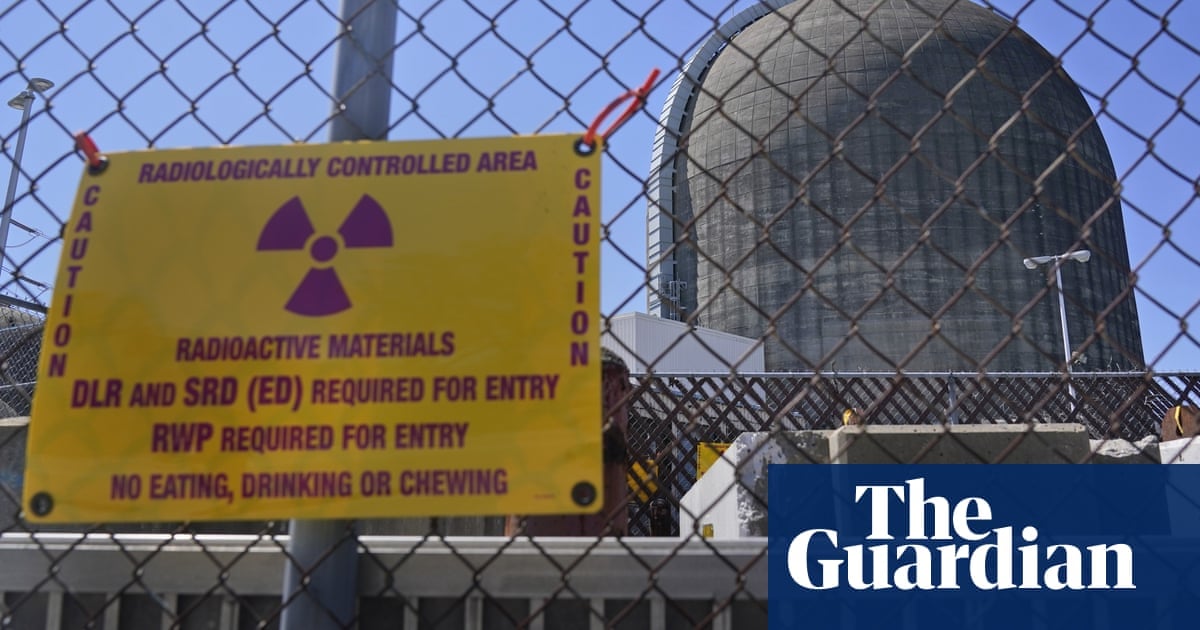Shuttering of New York facility raises awkward climate crisis questions as gas – not renewables – fills gap in power generation
When New York’s deteriorating and unloved Indian Point nuclear plant finally shuttered in 2021, its demise was met with delight from environmentalists who had long demanded it be scrapped.
But there has been a sting in the tail – since the closure, New York’s greenhouse gas emissions have gone up.
Castigated for its impact upon the surrounding environment and feared for its potential to unleash disaster close to the heart of New York City, Indian Point nevertheless supplied a large chunk of the state’s carbon-free electricity.
Since the plant’s closure, it has been gas, rather then clean energy such as solar and wind, that has filled the void, leaving New York City in the embarrassing situation of seeing its planet-heating emissions jump in recent years to the point its power grid is now dirtier than Texas’s, as well as the US average.



I’m not arguing with any of these points and not if it can be done or that it might be less draining on the environment. The reality is that it’s not there and any current project can’t use them. It’s either uranium reactors, wind, solar or hydro (maybe also tides?)
And, like I said, it’s normal that these types of projects are more viable in China with laxer safety and no political roadblocks.
We should halt current efforts with the promise of some better alternative in the future. If currently the cheapest and easiest is solar, we should do that. When newer nuclear reactors price themselves, it can change.
But a promise that newer nuclear reactors might be cheaper and safer is no argument for building a current generation nuclear reactor.